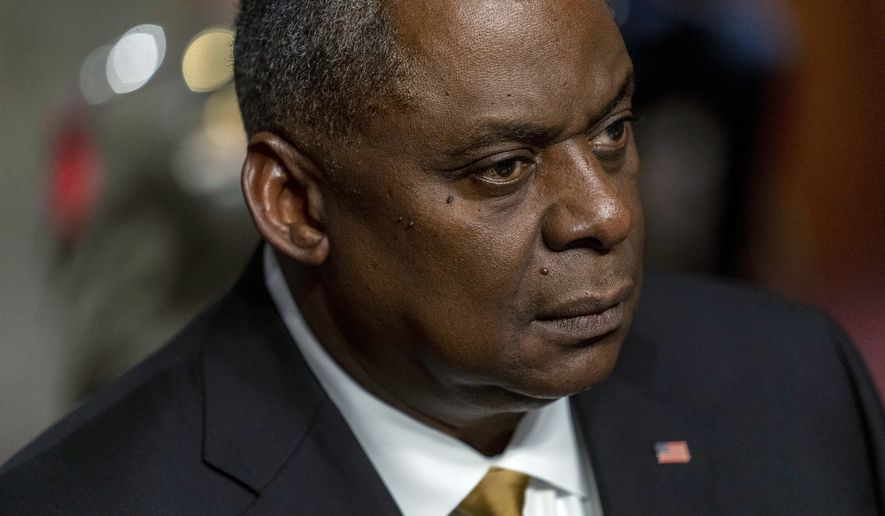Defense Secretary Lloyd Austin on Friday approved a new command structure to oversee the small contingent of U.S. forces who will remain in Afghanistan to protect American diplomatic interests there following the completion of the wider U.S. troop withdrawal over the coming weeks.
The new structure transfers authority over roughly 650 troops who will remain in Afghanistan from Army Gen. Scott Miller to Marine Gen. Frank McKenzie, the Florida-based head of U.S. Central Command.
Gen. Miller, who has led NATO’s Resolute Support Mission in Afghanistan since 2018, will remain in the region “for a number of weeks” to complete the turnover of command to Gen. McKenzie, officials at the Pentagon said.
“He will continue to exercise authority over the conduct of any and all counterterrorism operations needed to protect the homeland from threats emanating out of Afghanistan,” chief Pentagon spokesman John Kirby told reporters.
Officials said that going forward, the U.S. mission in Afghanistan will have four objectives: protecting the diplomatic mission in Kabul; supporting security requirements at Hamid Karzai International Airport; advising and assisting Afghan forces “as appropriate” and continuing counter-terrorism missions.
“A safe, orderly drawdown enables us to maintain an ongoing diplomatic presence, support the Afghan people and the government and prevent Afghanistan from once again becoming a safe haven for terrorism that threatens our homeland,” said Mr. Kirby.
As part of the shift in command structure, Sec. Austin also approved the creation of a new command — U.S. Forces Afghanistan-Forward — that will be based in Kabul. Heading that office will be Navy Rear Adm. Peter Vasely, who will report to Gen. McKenzie.
Army Brig. Gen. Curtis Buzzard, meanwhile, will lead the Defense Security Cooperation Management Office-Afghanistan, which will be based in Qatar. Mr. Kirby said it “will administer funding support for the Afghan National Defense and Security Forces, to include ’over the horizon’ aircraft maintenance support.”
• Mike Glenn can be reached at mglenn@washingtontimes.com.




Please read our comment policy before commenting.